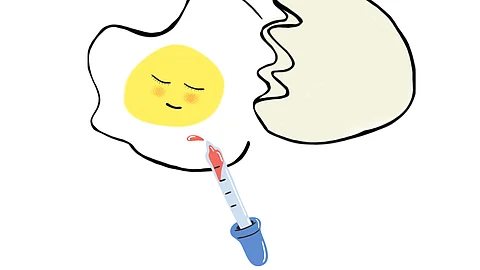Myth 4: ART is for women only
ART is not limited to women; it offers solutions for male infertility issues as well. Techniques like intra-cytoplasmic sperm injection, artificial insemination, and IVF can help overcome male infertility or sub-fertility. These methods bring sperm in close proximity to the egg and provide the opportunity to select the healthiest and most viable sperm.
Myth 5: ART increases the chances of C-section
The delivery outcome, whether C-section or natural labour, depends on various factors, including maternal age, health status, pelvic adequacy, and fetal conditions. The method of delivery is not influenced by whether conception was achieved through ART or natural means.


